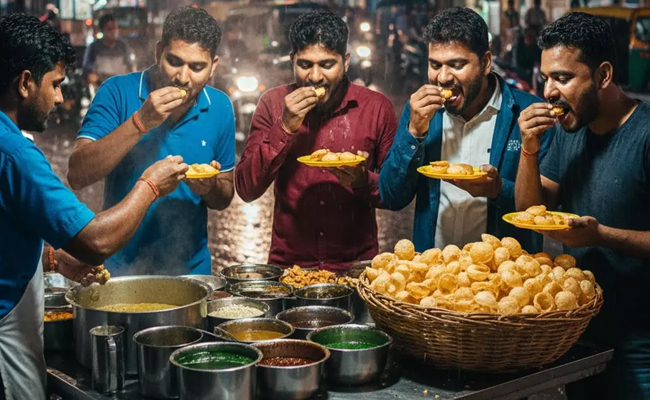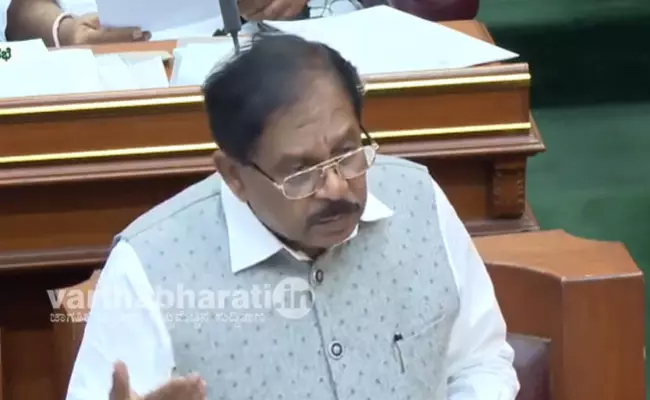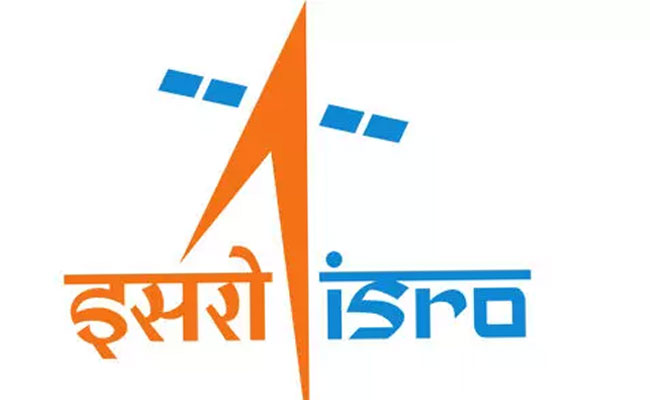Bengaluru, Jul 1 (PTI): Simulations and risk assessment, venue safety audit, coordination with event organisers, deployment of a crowd management plan, and on-ground deployment and access control are among the measures mandated by the Karnataka government in its standard operating procedure for crowd management at events and mass gatherings.
This SoP, dated June 26, intended as a guideline for police officers and event planners, was released to the media on Tuesday following the tragic stampede incident on June 4 in front of M Chinnaswamy stadium that claimed the lives of 11 people, drawing sharp criticism over the planning and crowd management.
The SoP includes general principles, according to which, police responses must prioritise life safety, protection of rights, prevention of property damage, and de-escalation of potential conflicts.
"Modern gatherings are often spontaneous and influenced by social media, necessitating adaptive strategies, adding that early planning, coordination with stakeholders, and minimal use of force are essential guiding principles," it stated.
It also lays down guidelines for pre-event planning and preparations, which include simulation and risk assessment, conducting behavioral and spatial analysis simulations for crowd movement, identifying bottlenecks and potential high-risk areas using available tools.
Other measures to be taken are -- ensuring venue compliance with safety standards, including capacity limits, entry/exit routes, emergency evacuation plans, and communication infrastructure, and in case venues fail safety audits, they must not be approved for high-footfall events.
According to the SoP, Police officers must liaise with organisers to gather critical details like nature, date, and time of the event, expected footfall, and any counter-protests, assembly, and dispersal plans.
They also need to gather details about permit status and coordinate with allied departments (fire, health) and check if there is a possibility of counter protests and demonstrations, risk to nearby vital installations with respect to the event.
Past behavior at similar events, availability of emergency services, and mutual aid need to be looked into.
A crowd management plan needs to be developed, which should include clearly assigned roles for police and security staff, movement control protocols for crowd flow, especially at critical choke points, emergency response plans, evacuation routes, and medical aid arrangements, it stated.
The plan should also include a coordination strategy among all deployed agencies and use of digital ticketing and reserved seating to streamline entry, it added.
The SoP further stated about the deployment of trained personnel, placement of officers at key access points, exits, and high-density areas.
"Ensure all personnel are trained in crowd control, communication, and emergency protocols," it said.
Under entry screening and verification guidelines, the SoP insists on having a spacious and organised holding area for crowd entry, implementation of checkpoints with metal detectors, QR code scanning, or biometric systems as far as possible, and ensuring separate access lanes for VIPs, the general public, and staff.
For managing the queue, officials have been asked to use barricades and floor markings to guide attendees.
They have been directed to provide real-time updates on wait times, designate accessible lines for the differently-abled, use barricades to control access and organise queues, and mark all emergency exits clearly, and keep them unobstructed.
The SoP has also emphasised the usage of the public address system, preparing an emergency response plan, conducting training, and regular simulation drills.
It further lays out protocols for crowd dispersal, use of force only when absolutely necessary and in minimum required quantity, and to maintain logs of key decisions, warnings, and crowd behaviour.
Let the Truth be known. If you read VB and like VB, please be a VB Supporter and Help us deliver the Truth to one and all.
Bengaluru: The Karnataka State Road Transport Corporation will operate 1000 additional special services in view of the Christmas festival.
In addition to the existing schedule, the special services will run on 19.12.2025, 20.12.2025 and 24.12.2025. Further, special buses will be operated from various places of intra & Interstate places to Bengaluru on 26.12.2025 & 28.12.2025.
Special buses will be exclusively operated from Bengaluru Kempegowda Bus Station to Dharmastala, Kukkesubramanya, Shivamogga, Hassan, Mangaluru, Kundapura, Shringeri, Horanadu, Davangere, Hubbali, Dharwad, Belagavi, Vijayapura, Gokarna, Sirsi, Karwar, Raichur, Kalaburagi, Ballari, Koppala, Yadgir, Bidar, Tirupathi, Vijayawada, Hyderabad and other places.
ALSO READ: Bengaluru: Shopkeeper stabbed for refusing to serve free panipuri
Special buses from Mysuru Road Bus Station will be exclusively operated towards Mysuru, Hunsur, Piriyapatna, Virajpet, Kushalanagar, Madikeri.
The corporation has also announced a discount of 5 per cent on the fare if four or more passengers book tickets under a single reservation. A discount of 10 per cent will be extended on return journey tickets if onward and return tickets are booked simultaneously.
In addition to the above, special buses will be operated from all Taluk/District Bus Stands in the jurisdiction of KSRTC based on the traffic needs.





